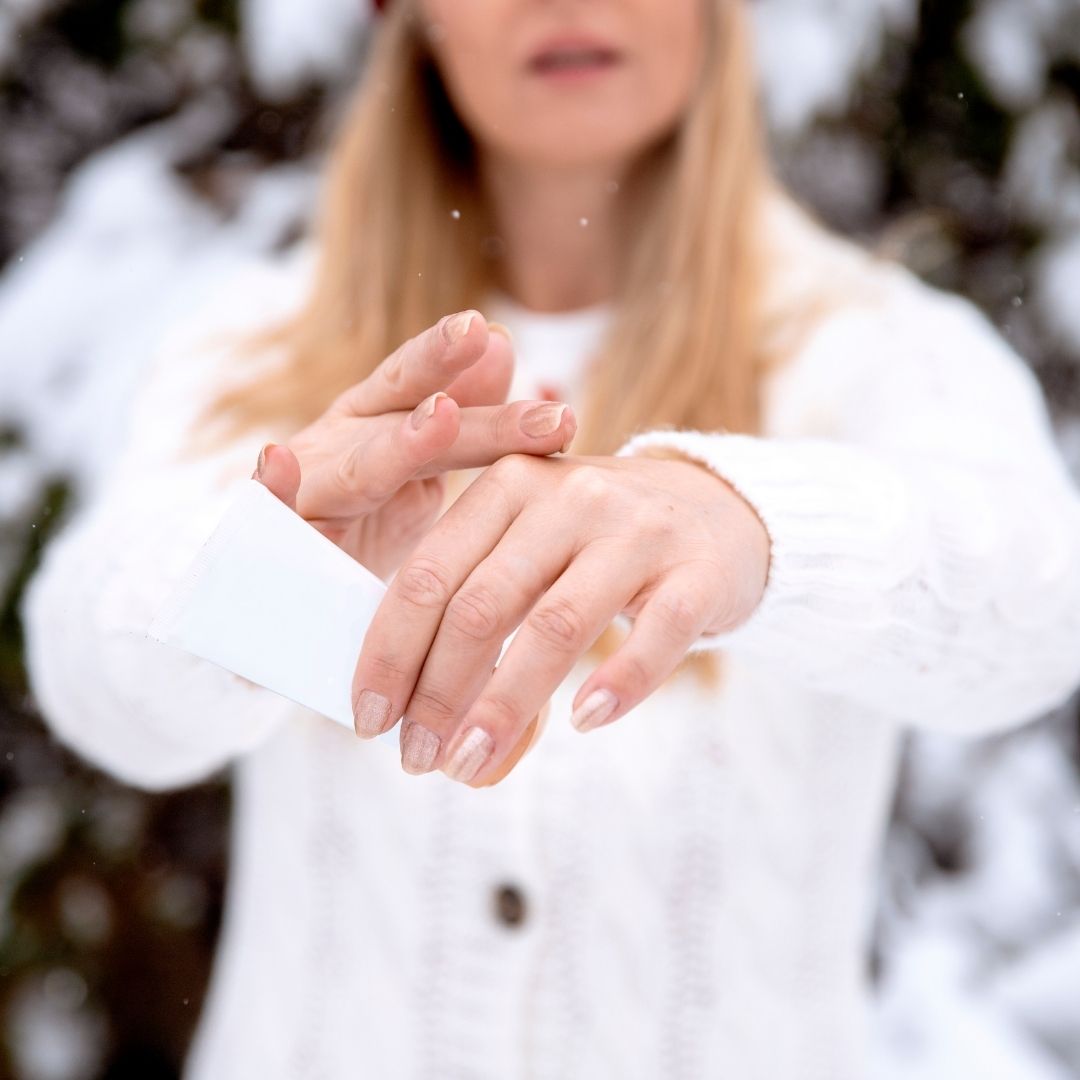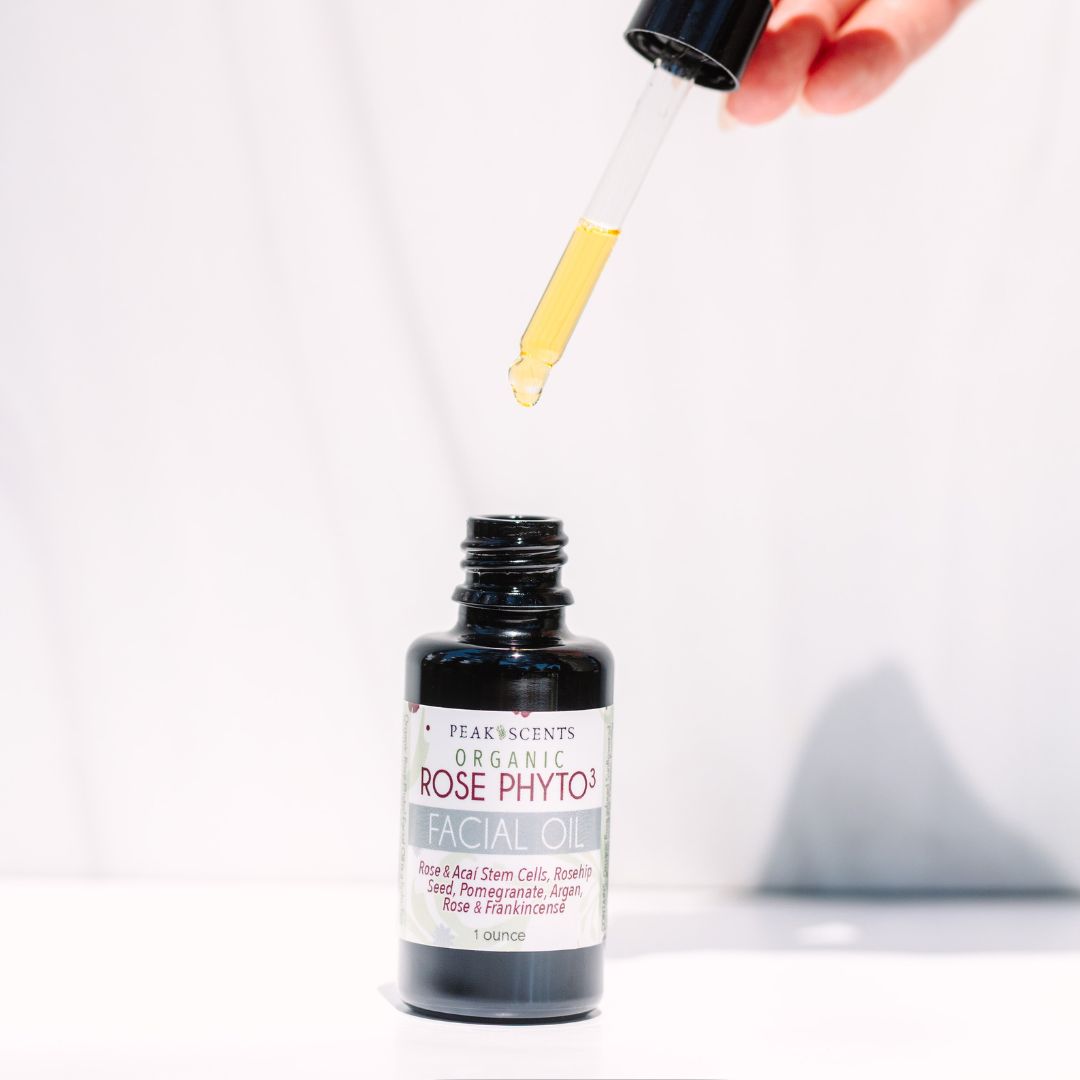A telltale sign of winter is what happens to our hands and face this time of year. Cold, dry weather does a number on the skin. In the winter we experience more transepidermal water loss, or the process by which moisture in the skin evaporates into the air around you. The result is irritated, cracked, dehydrated skin. And skin that's directly exposed to the air is often the most at risk. That's why the skin on your face and hands may become more parched. Hands become even more vulnerable thanks to the fact they get more wear: Between hand-washing, sanitizing, and regular exposure to environmental stressors—that delicate skin is likely begging for more moisture and protection.
Not all hand creams are created equal, you need one that creates a barrier with lipids.
Lipids
The lipid layer (sometimes called the moisture barrier or simply skin barrier), you want to use oils and fats—from a variety of sources. Botanical oils and butters can offer these. A few common ones that tend to be well tolerated by most are shea butter, cocoa butter, calendula oil, rosehip seed oil, jojoba oil, argan oil, and olive oil.

Tips for keeping your skin happy this winter
- Apply a thick moisturizer rather than a lotion, especially at night...when our skin regenerates.
- Wear gloves when you're outside during winter months for protection from wind, snow, and cold temperatures. Apply a thick hand cream or balm before putting on your gloves to lock in moisture.
- Use a humidifier in the house, especially at night.
- Avoid using harsh soaps on your skin - use gentle products instead.
- Drink lots of water - it helps hydrate the body and keeps skin plump.
- Eat more foods that are high in Omega-3s like salmon, mackerel, sardines, tuna and trout; they contain fatty acids that help improve dry skin on your face and body!
- Avoid using products that contain alcohol - this will only make things worse!
- Take a bath with Epsom salts and oils at night then use a thick moisturizer while still damp to seal in moisture.

In the winter months you want to transition from a light moisturizer to a thicker one as well as layering with a facial oil underneath to tackle dryness. Also, look for a cream with antioxidants to support your skin from external stressors.
Antioxidants
Much like your internal immune system is supported by antioxidant consumption, these free-radical fighters can help protect your skin from external stressors. Popular antioxidants are vitamins C and E, CoQ10 and Alpha Lipoic Acid.
Don’t forget the Hyaluronic acid!
Hyaluronic acid is not a type of acid—it’s actually a sugar, sodium hyaluronate. It's found naturally in the body, keeping areas like eye sockets and joints lubricated. When applied topically in creams and serums, it attracts moisture to the skin, and traps it in there (each hyaluronic acid molecule can hold 1,000 times its own weight in water—pretty amazing!), keeping skin hydrated and supple.
Exfoliate weekly
Excess skin cells and impurities can cause rough, dry and uneven skin texture. Exfoliation sloughs off these cells, helping smooth rough areas and allowing healthy cells to reach the skin's surface, creating a more even skin texture. Exfoliation also aids in blood circulation which delivers oxygen and nutrients to the skin's surface so dull, rough skin is transformed into glowing, more hydrated skin.
Try these exfoliating masks and body scrub for radiant winter skin.
The winter can be rough on skin, especially in dry climates. But there are some simple ways to keep your skin hydrated and glowing all season long! If you try any of these tips, let us know how it goes by tagging @peakscents on Instagram. We're always excited to hear about our customers' experiences with Peak Scents products.


